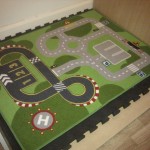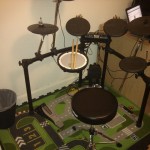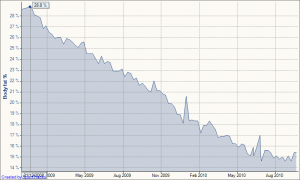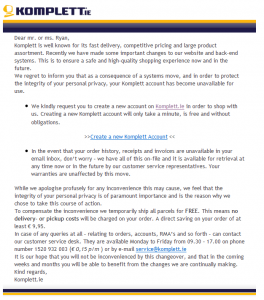Recently I’ve found myself wondering if some of the work I do is really worth it. And I’m not talking about civilization level cancer research type is it worth it, but is it worth it just on my level, for me.
Sure we have to do those small annoying menial tasks both in our jobs, or even at home. I know I know, you really really enjoy hanging up the washing or cleaning the toilet, but for the rest of us, it isn’t something we can’t sleep the night before in anticipation of doing. It just isn’t.
Completing a large work goal, yes it helps them the company, and you might feel great about it. Will you be remembered for it? Will you yourself even remember it in a few weeks? What about a few months? Ten years time? Or will it help you get to where you are going? Do you even know where you are going? More importantly, do you know where you want to be going?
Lots has been said on the fact that you should design your own career or someone else will, and I think that equally applies to life. Life is more than your job, or at least it should be. Work to live, don’t live to work as they say.
Find some balance, unless it is your baby
And yes I truly believe that. If your work is your own, your own company, your own creation, your own goals, then yes, go all in. If it means the world to you then give it the world. It’d be almost irresponsible not to. That isn’t to say you should over commit or forget about the rest of your life. After a long day (or week) of work, being able to switch off for a while isn’t cheating. It isn’t ignoring your goals. It isn’t you being lazy.
Many highly successful people carve out time blocks, sometimes as frequent as each day, and during this time, nothing work related exists. Come hell or high water, they are taking this time as their own and everything else can wait. For anyone working in computing, you probably already know of the benefit of downing tools and walking away when faced with a problem. Your mind can solve it even when you aren’t thinking about it. Over thinking is real!
The flipside
In Your Money or Your Life, the authors talk, quite literally, about how life is money and the true cost of working. Best way to explain it is what it costs for you to work, everything from the time travelling to and from work, to your lunches, to your work clothes. It all adds up and is rarely taken into account.
Perhaps you are building your own company and it has goals you believe it, or perhaps you think you do love your job, maybe you even do, but when its all gone, and inevitability it will be someday, will you look back and think, yeh, I did good, or will it fade away into the blur?
Now don’t get me wrong, working towards goals is good. I’d recommend settings lots and lots of goals to help you on the path, it is how I operate. Big goals are difficult to achieve, but break them down to small steps and each one is easy to do. Lots of these goals won’t match up when viewed from the proverbial deathbed either, that’s ok. A building is built brick by brick, and few bricks are as memorable as the end piece, but forgot that first brick and it could all fall down.
Is there a point to any of this?
I guess my overall point is that taking time out to create the map, even if it means you miss your achievement or goal, isn’t really time wasted. 10 Miles in the wrong direction is still 10 Miles in the wrong direction.Getting started is important, but so is knowing where you are going. Knowing where you want to end up lets you know if this really is something you should be doing, or just noise along the way.






